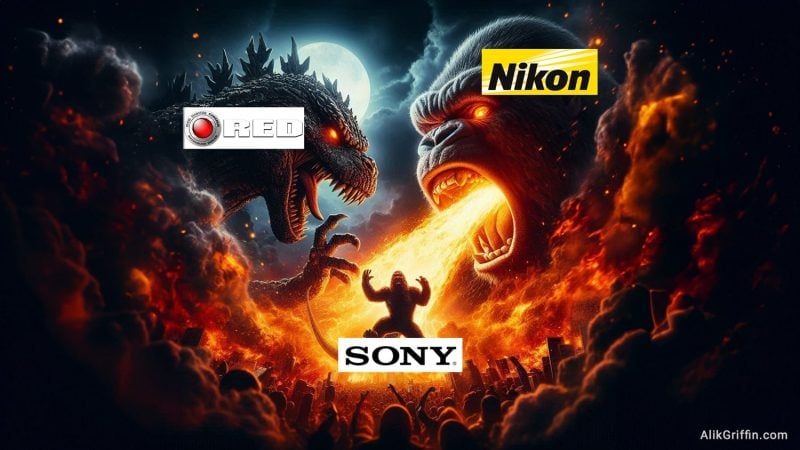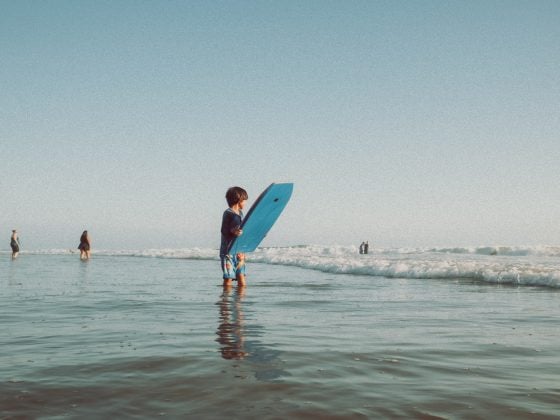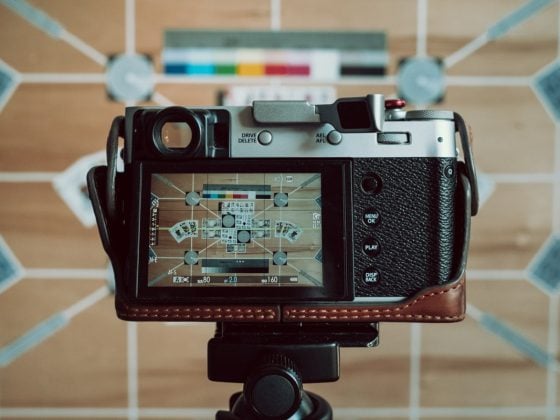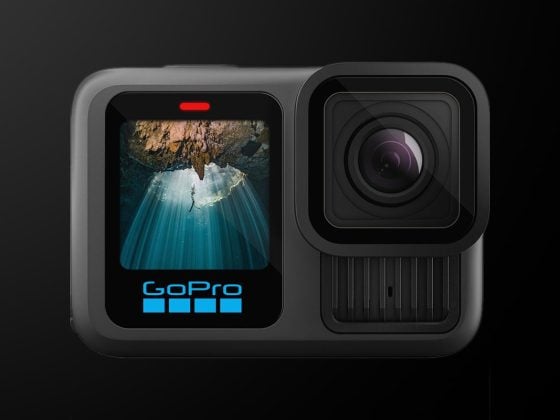There has been a lot of interesting buzz around the Nikon Z6 III, because of its slightly lower dynamic range than some of the competition in this price range. This mostly comes from Nikon haters, the usual suspects, of course.
Ultimately, they are looking at this camera all wrong; it’s not a Sony A7IV competitor; it’s an A7sIII killer.
The Sony fanboys do this often. They misclassify Nikon cameras to make them look bad, comparing the Nikon Z8 to the Sony A7rV instead of the Sony A1, and now the Nikon Z6 III compared to the Sony A7IV while ignoring how it competes with the Sony A7sIII.
Nikon doesn’t build cameras to run a direct competition that chases what Sony is doing. Sony is not the main character as fanboys would believe. These camera companies are all a little different and have specific special use cases, and they all kind of do their own thing. Comparing them directly with other cameras is a little disingenuous.
So, I will do exactly that and compare the Nikon Z6III to the Sony A7sIII.
Sony A7sIII – B&H / Nikon Z6III – B&H
Nikon Z6III vs Sony A7sIII
Everyone has been asking for a Sony A7sIII with a higher megapixel sensor for stills. Technically, the Sony A7sIII uses a quad-bayer 48MP sensor, but it’s permanently binned down to 12MP. With the Nikon Z6 III at 24MP and its non-BSI but partly stacked CMOS sensor, we are getting almost like a hybrid between the Sony A7sIII and the Sony A7IV while remaining mostly video-centric.
Video is mostly where companies can continue to improve; for stills cameras, the tech is mostly finished. Just buy a Z7II or Z6II if your primary focus is photography. You’re not really getting anything more out of the new cameras other than improvements to the AF algos, which are not really game-changing anymore, just a luxury upgrade.
Nikon Z6III vs Sony A7sIII Dynamic Range
Now that the Nikon Z6 III is out on the market, we finally have enough stats, specs, and tests from Photons to photons and other sources to get a nice overall picture of what the Nikon engineers were aiming for with this camera.
While the Nikon Z6III does not compete with the Sony A7IV with dynamic range, it does a nice job competing with the Sony A7sIII, especially at around ISO 600.
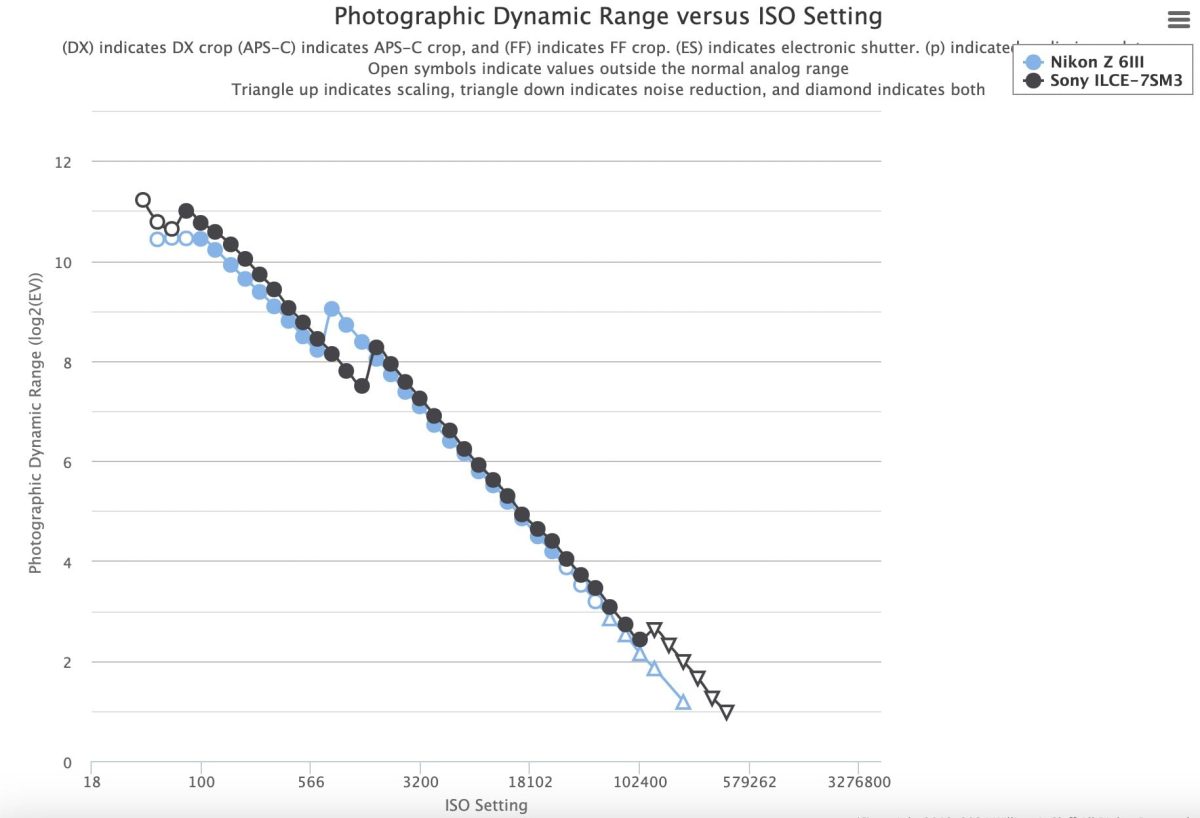
See it on PhotonstoPhotons.
Sensor Readout Speeds
Both cameras also have a sensor read-out speed of around 9ms, Sony will do 4k at around 8.8ms, and the Nikon Z6III does around 9.2ms, although the Nikon beats it at 4k120 at 6.13ms where the Sony A7sIII is 7.69ms.
Nikon also shoots 6k30 at 9.3ms, while Sony A7sIII is limited to 4k.
Nikonrumors recently reported on a project that tracks all the camera sensor speeds, so check that out for more details.
The Builds
Nikon usually completely smokes Sony bodies when it comes to the builds. However, Sony does have a few nice features, such as the digital hotshoe, which is great for their digital mics – It is Sony, after all; audio is their pedigree.
The Nikon Z6III has a 3.2″ 2.1-dot flip-out screen, whereas Sony still uses their kid’s toy Fisher Price 3.0″ 1.4m-dot flip-out screen.
The Nikon Z6III has a nice top display, which Sony does not have, but Sony beats it with the 9.4m-dot EVF. I never really understood why you need the best-in-class EVF (in terms of resolutions) on a video camera, but here it is. However, the Nikon Z6III has the brighter EVF at 5.7m-dot.
Sony cameras also often significantly reduce the resolution and brightness of their displays when actually recording, so those specs on paper are not often real-world specs.
Video Specs
The Nikon Z6 III shoots ProResHQ, ProRes RAW, and NRAW, as well as H.265 at 10-bit 4:2:0 internally.
Sony only offers H.265 at 4:2:2 and a nice H.264 All-I encoding, which should compete pretty closely with ProRes 422, but not HQ. However, it does include a 16-bit HDMI port; Nikon’s is only 10-bit I believe (although we don’t have official specs on that yet), so with Sony you can always pick up those other RAW codecs and ProRes by going out to a Ninja V recorder—which will set you back around $1000 just to get set up, on a camera that is already $1000 more.
Video Firmware
Where Sony still has Nikon defeated is with their video firmware. Their LOG curves are nicer, and they have many more options to customize everything video-related.
When Nikon starts working more closely with the RED engineers, this will likely bridge the gap a little, but for now, Nikon still needs some work.
I haven’t loved the look of Nikon NLOG. However, in pretty much everyone’s opinion, not just mine, their in-camera profiles (not LOG) and color science look a lot nicer than what Sony is doing.
CFexpress Type-A vs Type-B Cards
While the CFexpress Type-B cards are much cheaper and technically faster, I’ve been warming up to the idea that Sony’s Type-A cards were a better play, but only if the price continues to decrease. They are still significantly more expensive.
While CFexpress Type-B cards are technically faster, 4,000 MB/s with Type-B CF4.0 vs. 2,000 MB/s of Type-A, our cameras so far have only ever used the single bus lane. So, essentially, the Type-B cards perform the same as the Type-A cards in-camera, and Type-A cards are a lot smaller and the Type-A memory card slots take both SD and CF cards.
You can see this in play with my Sony A1 Memory Card Benchmarks vs the Nikon Z8 Memory Card Benchmarks. Both hit speeds of around 650-700MB/s.
So there you have it.
If the Sony A7sIII and A7IV had a baby, you would get a Nikon Z6III. Many Sony fanboys asked for this type of camera, but Nikon delivered.
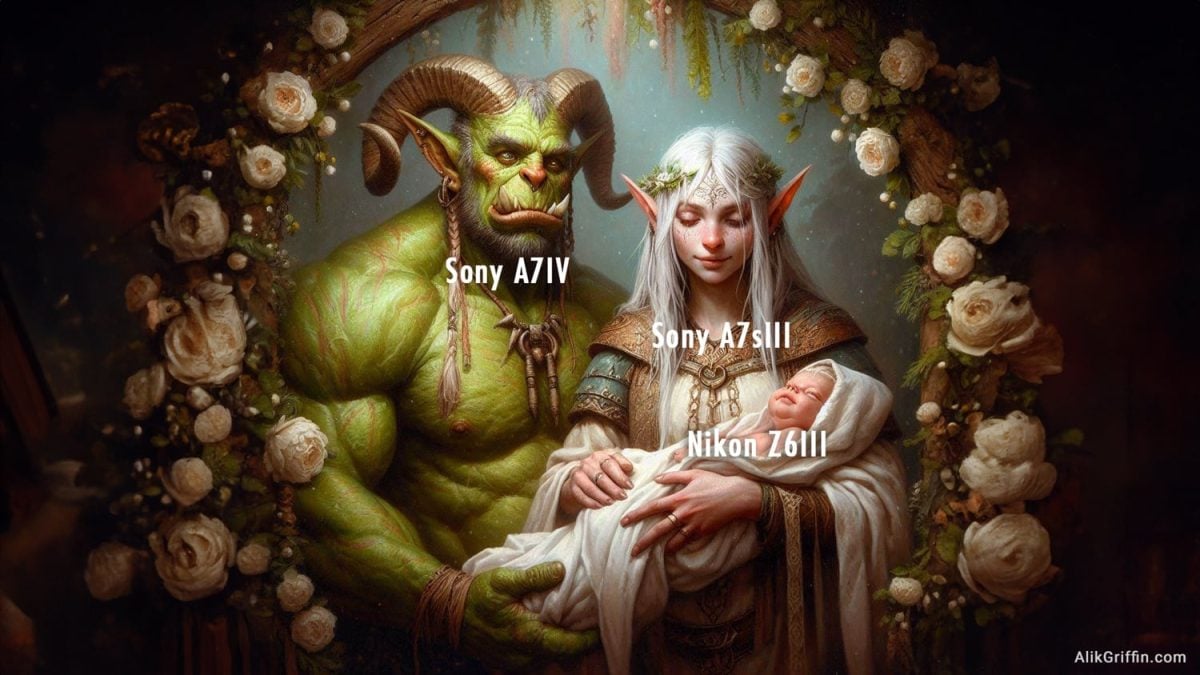
While it doesn’t directly compete with the Sony A7IV or the A7sIII, the Nikon Z6 III is its own little beast with special characteristics unlike any other camera.
Why Still Buy A Sony A7sIII?
There are still many great reasons to consider the Sony ecosystem. If you’re an agency or even a studio and work a lot with photos, videography, or cinematography, Sony just makes sense. Or even a Canon. Nikon / Red / MRMC just isn’t quite there yet, and Nikon will probably take a few more years to Frankenstein that Chimera together.
Sony’s whole digital audio system, which is built into the A7sIII and found in these new Sony cameras, is also fantastic.
But, if you’re just an average enthusiast, the Nikon Z6III kind of makes more sense right now than a Sony A7sIII or Sony FX3. It’s also a lot less expensive. You get a camera that’s mostly better than the Sony A7sIII, less expensive, and can also shoot 24MP stills. It’s sort of the dream camera for the videocentric enthusiast.

